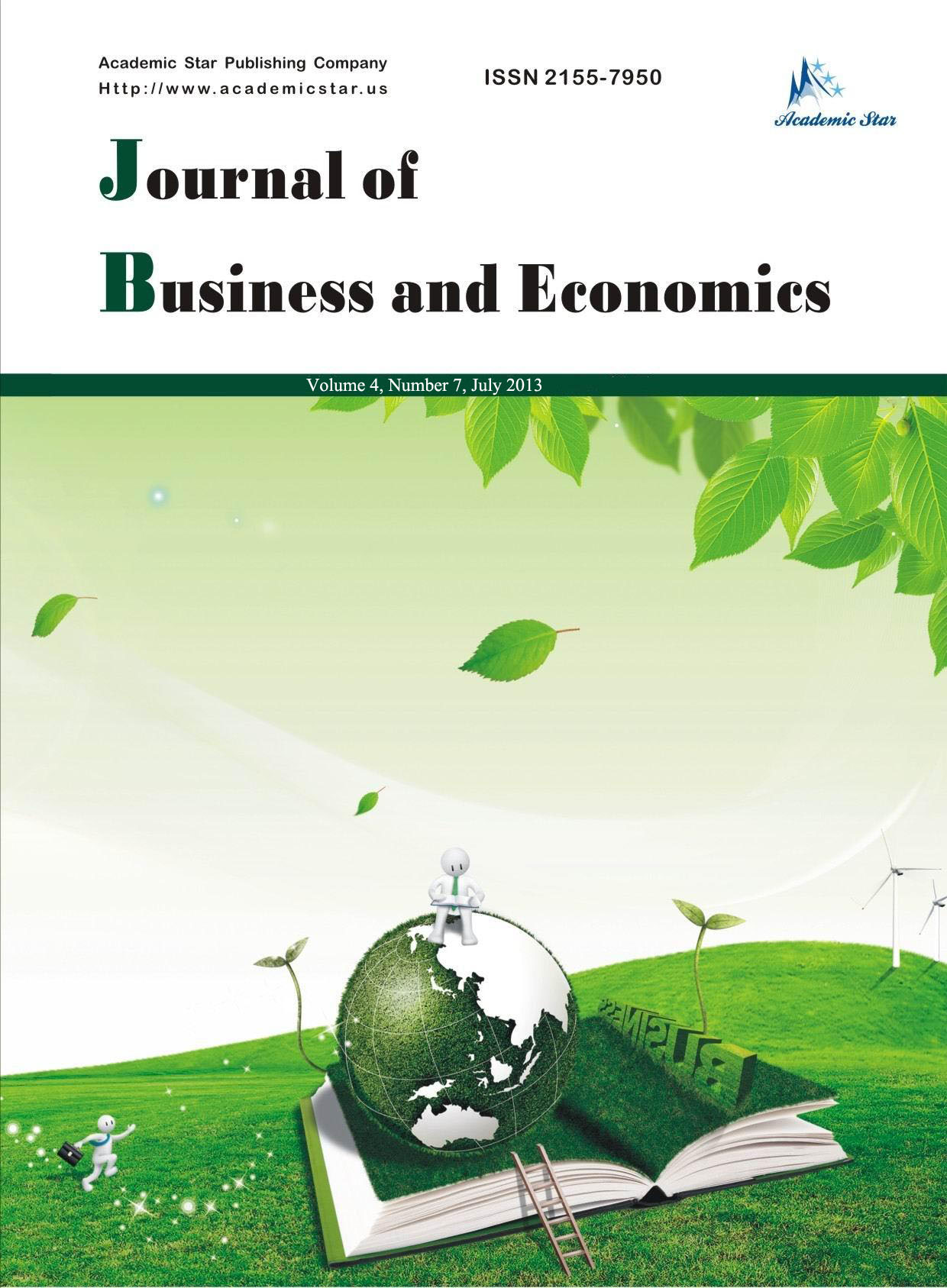
- ISSN: 2155-7950
- Journal of Business and Economics
The Differential Effects of Extrinsic and Intrinsic Cue-utilization in Hedonic Product Consumption—An Empirical Investigation
Kerstin Pezoldt1, Anne Michaelis1, Holger Roschk2, Anja Geigenmueller1
(1. Ilmenau University of Technology, Helmholtzplatz 3; 98693 Ilmenau, Germany;
2. Catholic University Eichstaett-Ingolstadt, Auf der Schanz 49, 85049 Ingolstadt, Germany)
Abstract: Hedonic consumption gives multisensory product usage experiences (e.g., fun and excitement), which are highly important to consumers. Therefore, this study examines the impact of intrinsic and extrinsic product cues on purchase intention for hedonic products. Executing a laboratory experiment and using the example of perfume, the findings extend previous research in several ways. First, this paper shows that for hedonic products intrinsic product cues (i.e., scent) dominate extrinsic product cues (i.e., flacon) when forming a purchase intention. Second, the positive effect of a pleasant scent as intrinsic cue on the purchase intention is enhanced by a pleasant flacon as extrinsic cue. Therefore, intrinsic and extrinsic product cues have to match one another to convey a uniform message. Finally, the paper finds that the impact of extrinsic cues on the purchase intention for hedonic products is greater for female consumers than for male consumers. Implications for researchers and practitioners are discussed.
Key words: consumer behavior; gender; perfume; cue-utilization theory
JEL codes: M310






